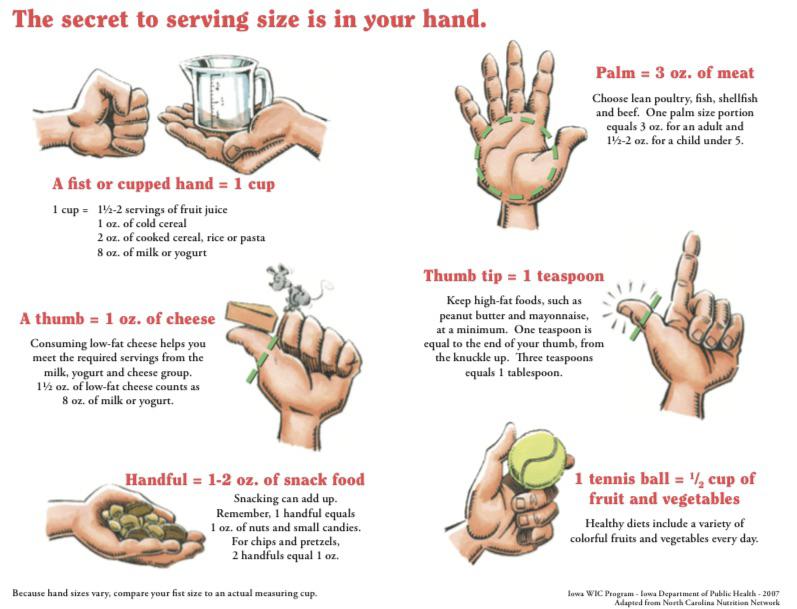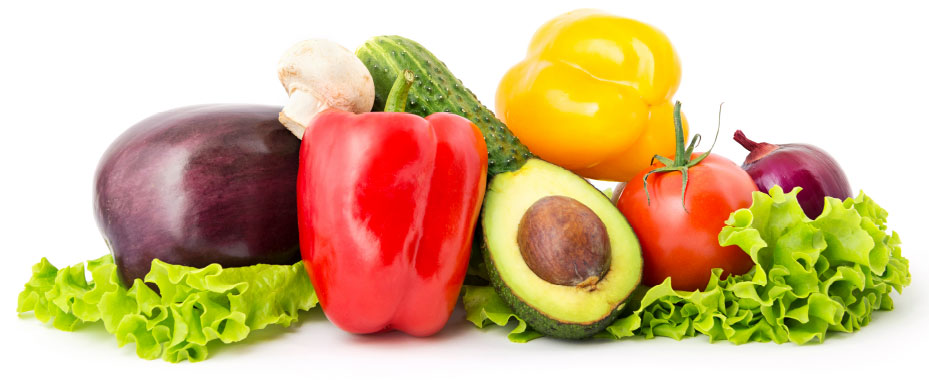Dr. Kulka’s 5 Food Rules
As a practicing physician, I get the chance to speak to patients daily about the decisions they make when eating. I always tell them the best way to eat is to plan a day in advance, which is part of my S3 program’s guidance. However, there are 5 simple things you can do to help make better eating decisions:
- Avoid most products that are packaged in a bag: If it’s in a bag it’s usually processed and full of carbs. This includes pretzels, chips, cookies, and crackers. If you absolutely need your carb fix then pick up the 100-calorie small individual snack bags. These will limit your intake while satisfying your craving. A rare exception to this rule is fresh-bagged veggies or real fruit (carrots & apple wedges.) I do not mean bags of processed dried fruits and veggies!
- Pasta, rice, potatoes, and bread products: Instead have fresh fruit, veggies, salads, and lean meat. Stay away from the buns and bread before dinner while eating out.
- Ice cream and frozen yogurt: Instead try a healthy fruit and veggie smoothie and add chocolate or vanilla protein powder for that sweet taste. Consider frozen blended bananas. They taste better than frozen banana yogurt.
- Breakfast cereal: Most cereals are full of processed carbs that offer little nutrients. Cereals also inadvertently cause insulin spikes that induce hunger. Instead try Greek yogurt or steel cut oatmeal with fruit and nuts in the morning.
- Processed foods: Processed foods generally lack the thousands of nutrients found in natural foods. If it grows in nature then it’s likely healthy and good to eat. These are foods like veggies and fruits, which are full of vitamins and minerals. Eat them all day, feel great and watch the pounds shed away.
Use these tips daily and they will become part of your subconscious eating decisions routine. If you enjoyed this article, please read my thoughts on whether exercise or diet is more important for weight loss.
Healthy Tips and Tricks Delivered to your Inbox
Enter your email below and I’ll send you delicious recipes, articles, and tips to get control of your health and simple steps to maintain it.

Dr. Kulka
Dr. Kulka is a board-certified family medicine physician with 20 years of clinical experience. Placing an emphasis on improving wellness and avoiding illness, Dr. Kulka has a passion for educating people about their health, weight loss options, and specific medical concerns in an easy-to-understand way.
If you, like so many people, struggle to be consistent with your healthy diet and exercise routine, or feel overwhelmed and unsure where to start on your journey to a healthier lifestyle, check out our Seriously Simple Steps to Health and Wellness program.












